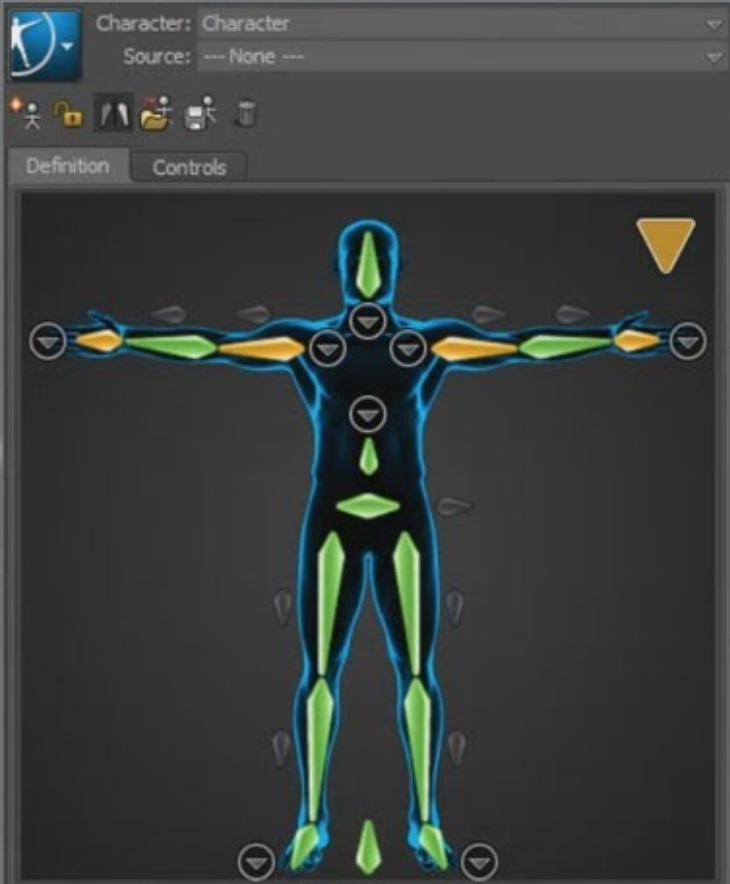Kerry Murphy (Professional Animation) | Erin Kathleen Bahl (Web Design)
Kerry Murphy (Professional Animation)
Interviewers: Erin Kathleen Bahl and Kaustavi Sarkar
Erin: How did you become interested in creating dance animations?
Kerry: I saw this piece and I was absolutely blown away by the movement of these synthetic objects. So I became interested in cloth animation and how to create beautiful movement with it. I came up with the idea to combine a traditional native Indian Cherokee (as I'm part Cherokee) dance to cloth animation. My interest is not to recreate the dance exactly but mainly to see how different design disciplines can work together or against each other to create something new.
Erin: What software/programs do you use, and why did you choose them?
Kerry: My main tools are Adobe After Effects, Maxon Cinema4D, Adobe Illustrator and Adobe Photoshop. These are very fast for multiplicity of uses mainly motion graphics and easy visual effects. For this project I'm relying on a wider range of tools: Motion Builder for the mocap files, CLO/Marvelous Designer for cloth design and simulation, sideFX Houdini for complex 3D animation and Cinema4D as a central hub for all 3d assets to be rendered in Otoy's renderer Octane. This completes the tools for the wide range of ideas I have about storytelling and combining different art forms via motion graphics. My interests lie in architecture, fashion, dance, music, and graphic design and how these can be brought together to tell engaging stories.

Importing a character designed in DazStudio into MotionBuilder.
Kaustavi: What were the adjustments you had to do while mapping the data?
Kerry: Not too much. There was little overlap in the arms which caused some conflict in the clothing that we quickly fixed in MotionBuilder. For the rest we've created a workflow that works seamlessly across a variety of software packages.
Kaustavi: What were your experiences modeling a culturally specific figure?
Kerry: It started out with researching and understanding the topic. We didn't necessarily focus on the figure so much, but more in the clothing and how this can stay culturally true but be in a modern look. I think Amber the fashion designer did a fantastic job in re-interpreting how this looks in our modern digital era.
Kaustavi: How do you think this data might be represented in an abstract visualization?
Kerry: There are unending possibilities. In my approach, rather than visualizing what it could look like in the end, I'm having the process dictate the outcome by taking small steps at a time and reacting to those. First of all the dance dictates the outcome of the mocap files. The garments are designed around the mocap files and style of the concept. The avatar/3d model will be designed around the clothing. Then a layer of graphic design and finishing off with music design. That is one iteration loop.
Erin: What are the unique draws and challenges of creating dance animations, compared to your other projects?
Kerry: Traditionally the workflow in my daily work is to make a flat 2D design and that gets interpreted into 3d design and animation. Everything is pre-determined and before we even start we already know how it should look like in the end. With the dance animation a lot of emphasis is put on the dance itself (and how well it's recorded into a digital format). The dance determines the movement. Combining a layer of fashion design on top of it creates a myriad of whole new movement that I've never seen or felt before in such a way. It's real, yet surreal. It looks real, but it doesn't feel real. And I absolutely love that. Again, I don't want to recreate reality. I want to take it somewhere else where the experience becomes ambiguous, complex and diverse. I want to create friction and curiosity between the performance and audience.
Erin: How do you see your work in animating the data in relationship to the dancer's work in performing the selection?
Kerry: The dance and performance is very beautiful. It would be very easy for me to just take the data and create a beautiful representation of exactly what it is, a beautiful performance. BUT I see so much more possibility from a technical and creative aspect. The story of the Mahari is still so present in today's society. To quote Amber the fashion designer on this: Kaustavi's story is so beautiful, I never expected to see so much resemblance with today's culture and the developments in feminism. I really loved the part in which she talked about the Mahari, that they had more freedom than married women. More freedom to do whatever they please and explore the surroundings, but also more sexual freedom ("non-monogamous, but let free").
The dance itself has so much history and story to it that it would be a shame not to take it further. That's why I want to include several artists and thinkers to help me create a product that has further impact than entertainment value. It's not just about animation. It will be a small layer of the whole story that will make this more beautiful and captivate the audience through their curiosity of the visuals.










